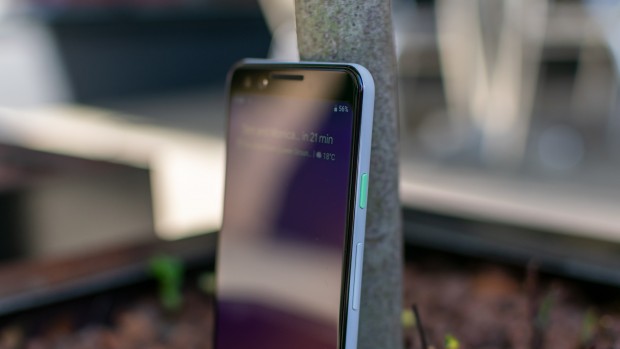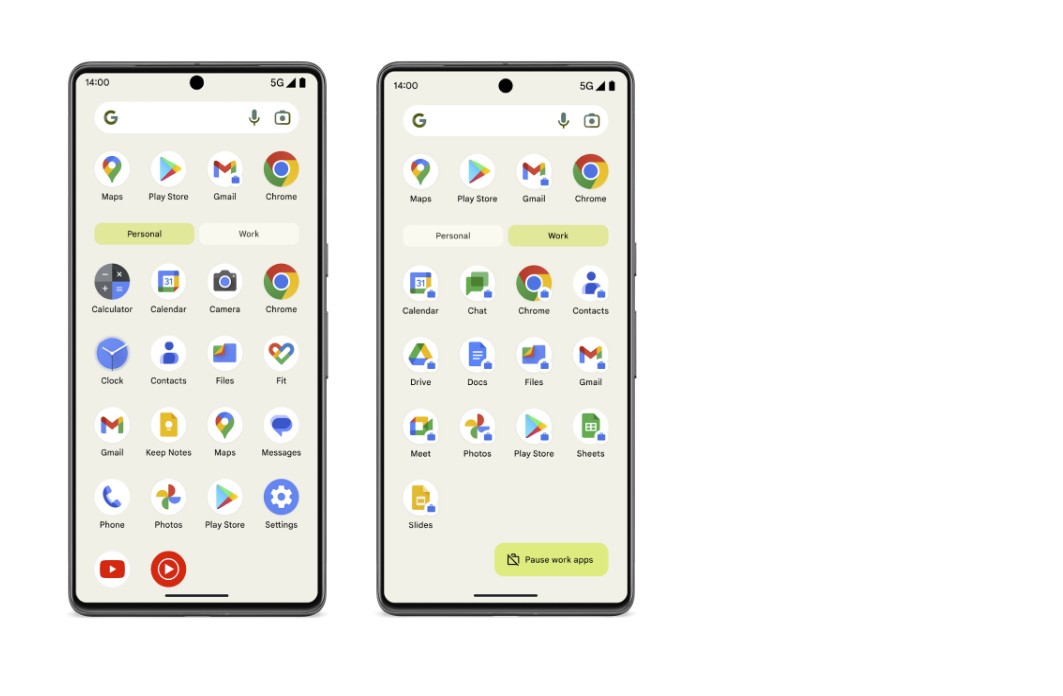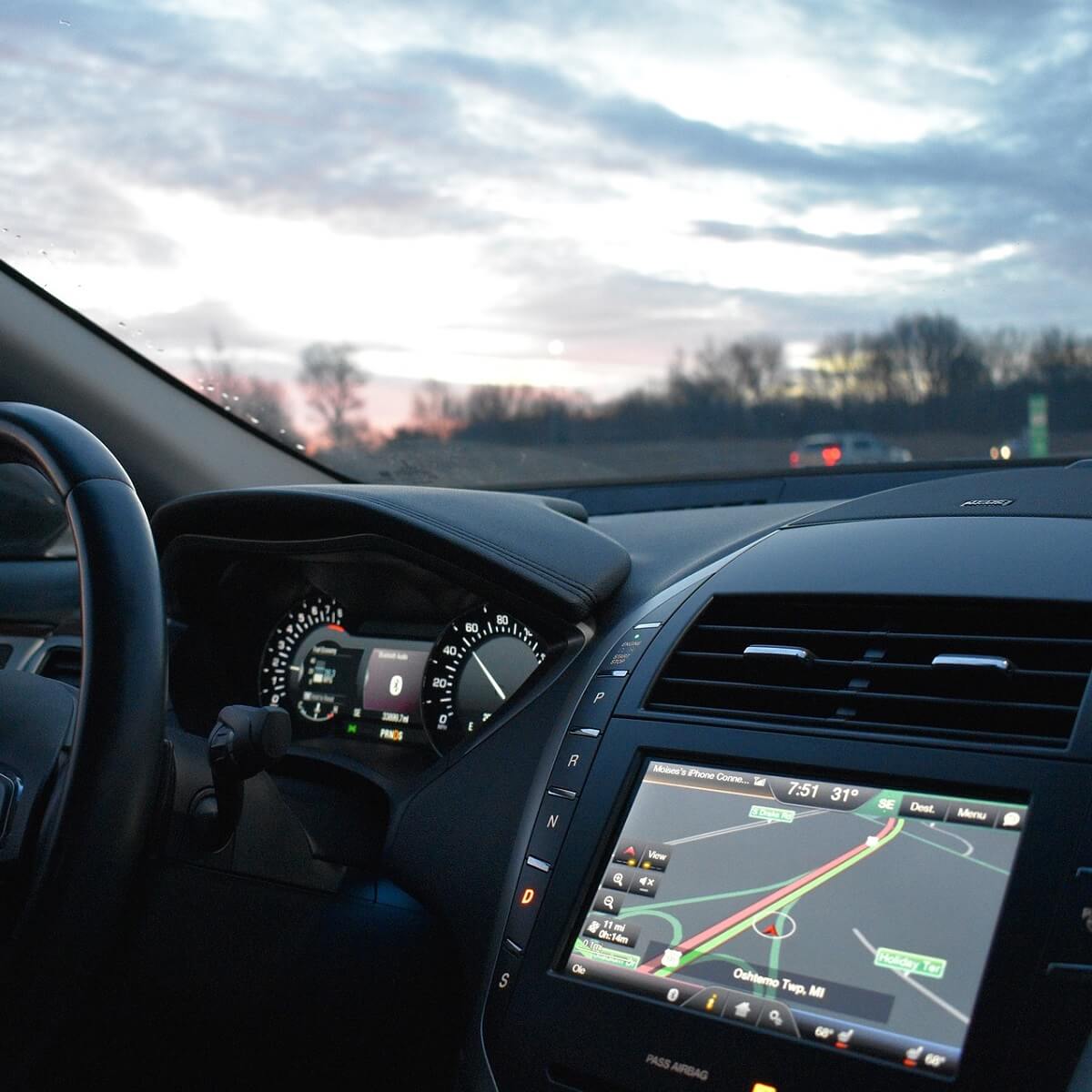Learn to Unlock the Google Pixel 3 Bootloader
4 min. read
Updated on

If you’re currently using a first-generation Pixel phone or a Pixel 2, you’ll want to upgrade. The latest Pixel 3 is a real joy to use and discover, so let me become your guide in the next few days. Unlocking the ootloader on your Google Pixel smartphone means accessing the way for installing custom recoveries such as TWRP or CWM recovery, to later rooting it or installing custom ROMS (yes, you may already possible to root the Pixel 3 thanks to the most recent update of the popular systemless-root tool called Magisk), so it is a must. Need I tell you that?
Many manufacturers provide smartphones with a locked bootloader and as a result, you are the one who must unlock it before proceeding and this Google Pixel 3 is just another example of that. This operation of unlocking the bootloader will wipe your phone’s storage for security reasons. In such conditions, you should back up all important files before you get started and avoid a tragedy.
And you also have to put your phone into the right state to talk to adb and unlock the bootloader: therefore:
- You need to enable Developer Settings on your Pixel 3, so enter into Settings > System > About phone and pressing the Build Number at the bottom until you see a toast saying you’re now a developer;
- After doing that, you can head to Settings > System > Developer options. There are two options to tick — USB Debugging so adb can communicate with your phone, as well as OEM Unlocking so you can unlock the bootloader. Check both of them before continuing;
- Remember that I am not responsible if anything goes wrong with the device. Please do it at your own risk or do not proceed at all.
Learn to Unlock the Google Pixel 3 Bootloader:
- You need to enter into bootloader menu. You can either do this by holding the Power and Volume down buttons while booting up, or by entering the following ADB command: adb reboot bootloader;
- On your computer now, you’ll need a piece of software in order to send commands to your phone: Google’s SDK Platform-Tools, so download the ZIP for your operating right away;
- Next, move the ZIP to your desktop and extract it;
- After that, you’ll need to open a command prompt or terminal window inside of the platform-tools folder you just extracted to your desktop. If you’re on Windows, open the platform-tools folder on your desktop, click the bar at the top of the Explorer window to reveal the folder’s location and copy this to your clipboard;
- If you’re on Mac, open the platform-tools folder, then open any of the other folders inside of it. Right-click any empty space, then choose “Get Info.” Highlight the text to the right of the “Where” field and right-click and copy it;
- The next step is to open a command prompt or terminal window. If you’re on Windows, press the Windows button on your keyboard, then type “cmd” and hit Enter. If you’re on Mac, open Spotlight Search by pressing command and the space bar simultaneously, then type “terminal” and hit Enter;
- You can now change directories to the platform-tools folder by typing “cd” into the command prompt, then adding a space;
- Paste in the file location you copied earlier,;
- Up next, hit Enter;
- Now, enter the following command into the command prompt or terminal window to check the Fastboot connection:
fastboot devices; - This should return a series of letters and numbers followed by the word “fastboot”;
- Also enter the following command to initiate the bootloader unlocking process: fastboot flashing unlock;
- A new menu will appear on your device, so highlight the “Unlock the bootloader” option, then press the Power button to select it;
- Your screen will go black for a few seconds, then the Bootloader menu will reappear. When this happens, press the Power key to boot your phone back into Android;
- When you get back up, you’ll have to run through initial setup again. So, log into your Google account and repeat the procedure you went through when you first took the device out of the box.










User forum
0 messages